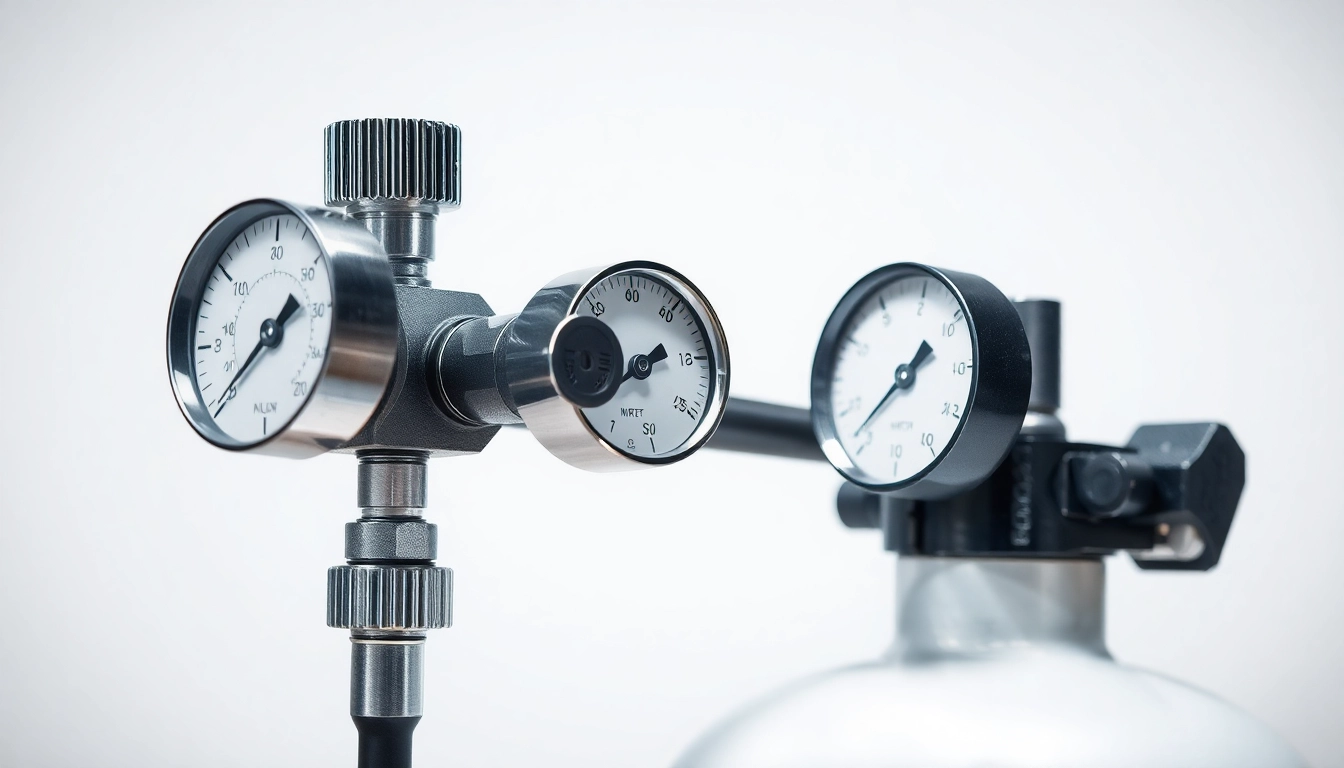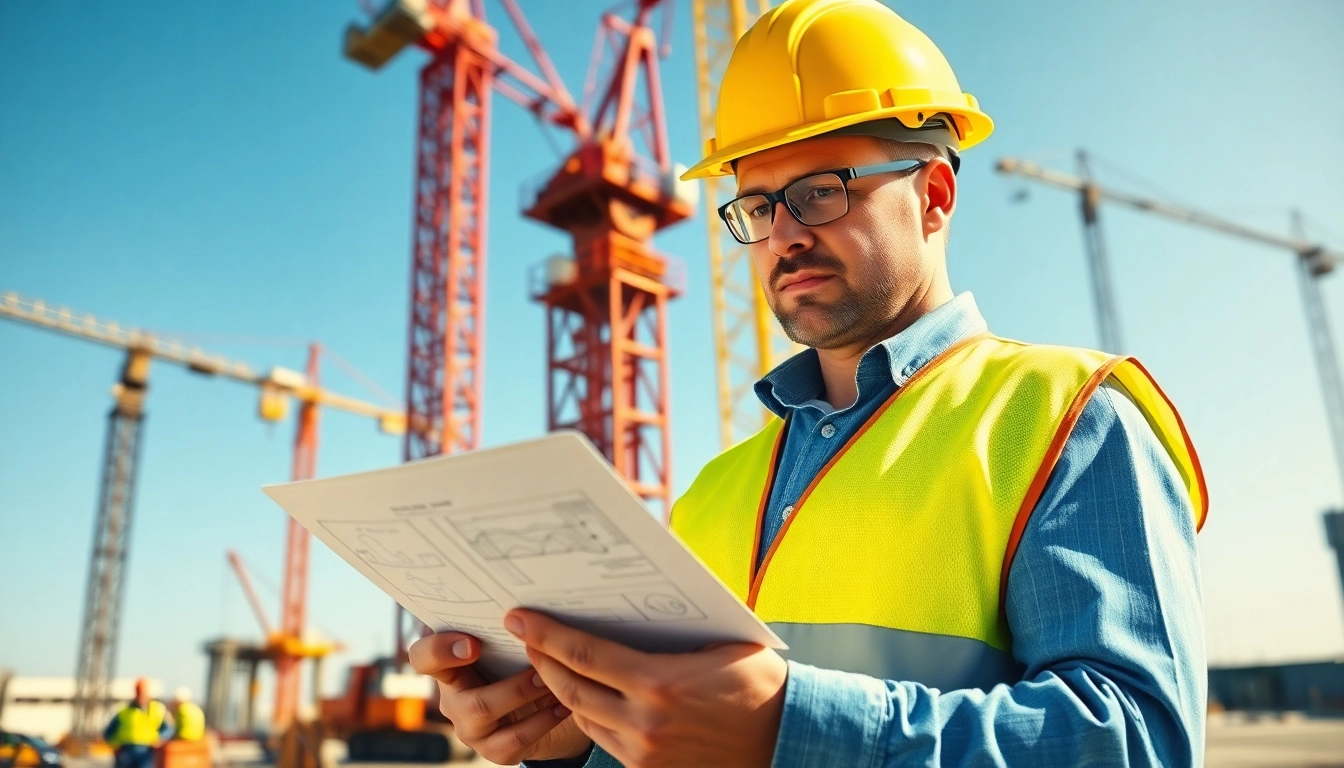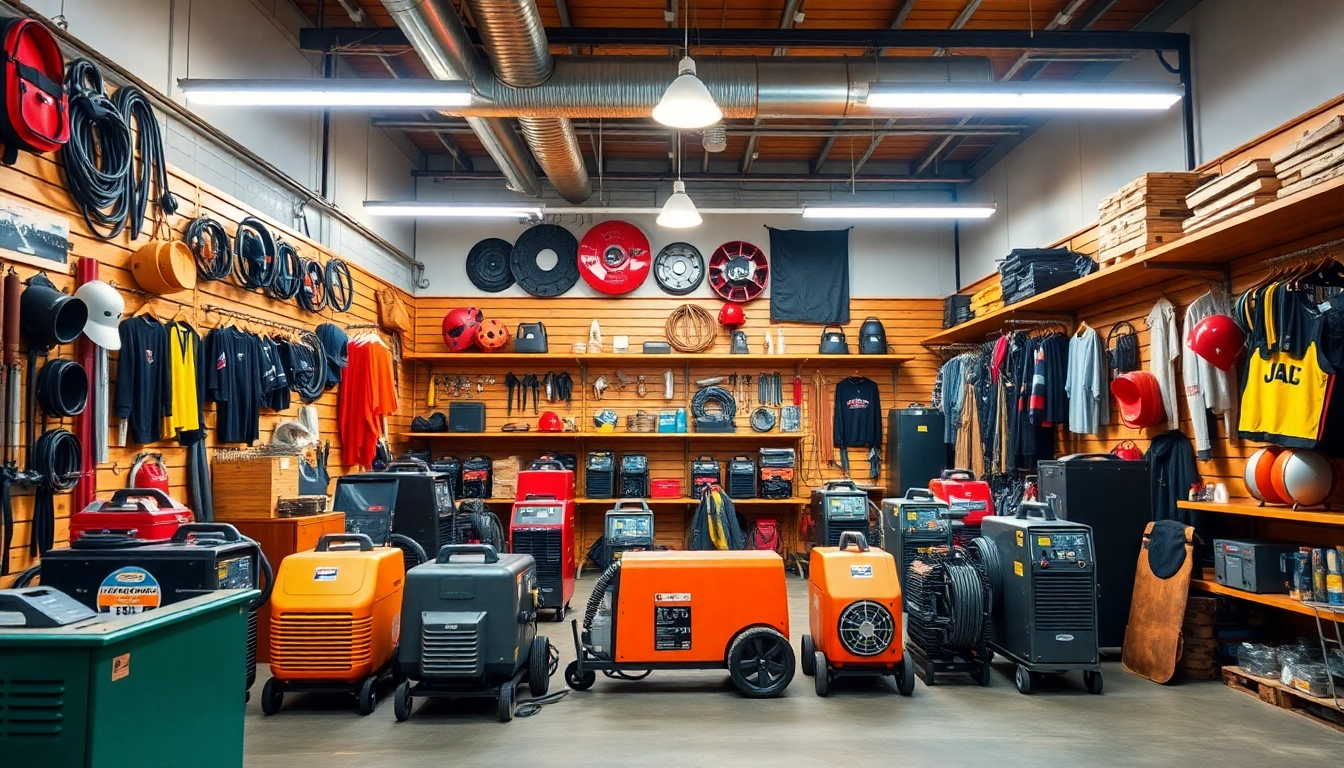What is a Nitrogen Regulator?
Definition and Purpose
A nitrogen regulator is a crucial device designed to control the pressure of nitrogen gas as it is released from a storage cylinder or tank. Typically, nitrogen is stored under high pressure, often upwards of 2,500 PSI. The primary purpose of a nitrogen regulator is to reduce this high pressure to a manageable range suitable for a specific application. By ensuring a steady and consistent gas flow, nitrogen regulators play an essential role in various fields, including industrial maintenance, welding, food and beverage dispensing, and HVAC systems.
Applications in Various Industries
Nitrogen regulators are widely utilized across several industries due to their versatility and effectiveness. In the manufacturing sector, nitrogen is frequently used for blanketing or inerting processes to prevent oxidation and spoilage. In the food and beverage industry, nitrogen is essential for maintaining carbonation in beverages and pushing product through dispensing systems. Furthermore, HVAC technicians employ nitrogen regulators for pressure testing, which is integral for ensuring system integrity and leak detection.
Importance of Quality in Nitrogen Regulators
The quality of a nitrogen regulator directly impacts system performance, safety, and longevity. High-quality regulators ensure accurate pressure control and minimize the risk of leaks, which could lead to hazardous situations or system failures. Moreover, regulators designed with robust materials can withstand the extreme conditions often associated with high-pressure applications, thereby enhancing reliability. Investing in a quality nitrogen regulator is critically important for ensuring operational efficiency and safety across applications.
Types of Nitrogen Regulators
Single-stage vs. Dual-stage Regulators
Choosing between a single-stage and dual-stage nitrogen regulator primarily depends on the intended application and required pressure stability. Single-stage regulators provide an immediate pressure reduction from the cylinder and are suitable for applications where only low to moderate precision is needed.
In contrast, dual-stage regulators feature an additional pressure-reducing mechanism that offers greater stability and consistency in pressure output. This is essential in applications where pressure fluctuations could disrupt processes, such as welding or sensitive laboratory work. The extra stage in dual-stage regulators helps to buffer against changes in inlet pressure, providing a more constant downstream pressure.
Specialty Nitrogen Regulators
Specialty nitrogen regulators are designed for specific applications and often include unique features tailored for those uses. For instance, some regulators are specifically engineered to accommodate beverage dispensing systems, providing a controlled atmosphere for pressurizing soft drinks without risking foaming or spillage.
There are also specialty regulators for high-purity applications, which require materials that prevent contamination from the regulator itself. For instance, in the semiconductor industry, stainless steel regulators are favored for their resistance to corrosion and contamination.
High Pressure vs. Low Pressure Models
Nitrogen regulators are available in both high pressure and low pressure models, tailored to different operational needs. High pressure models are typically used in applications where gas needs to be delivered at pressures exceeding 600 PSI. These are common in industrial and manufacturing environments.
Conversely, low pressure models are used for applications such as food and beverage systems or HVAC, where gas is often dispensed at pressures around 30-60 PSI. Understanding the specific pressure requirements for your operation is crucial in selecting the appropriate model.
Choosing the Right Nitrogen Regulator
Key Features to Consider
When selecting a nitrogen regulator, several critical features must be considered to ensure compatibility with your application. Key features include the regulator’s pressure range, flow rate, and outlet configuration. Knowing the required flow rate is vital as regulators with insufficient flow capabilities can impede gas distribution.
Additionally, materials of construction are essential, particularly in sectors where contamination must be avoided. Regulators made from corrosion-resistant materials, such as brass or stainless steel, are typically preferred in harsher environments to prolong lifespan and maintain purity.
Compatibility with Equipment
Ensuring compatibility between the nitrogen regulator and your existing equipment is crucial for seamless operation. This includes verifying connector types, as various systems employ different fittings or standards, such as CGA580 or BSPP. Moreover, ensure that the regulator’s pressure rating aligns with your system’s operational limits to prevent unsafe conditions.
Safety Standards and Certifications
Any nitrogen regulator in your systems should adhere to relevant safety standards to ensure compliance and safety in operations. Look for certifications from recognized bodies, such as the American Society of Mechanical Engineers (ASME) or the Compressed Gas Association (CGA). These certifications indicate that the regulator has undergone rigorous testing and meets specific safety criteria.
Installation and Use
Step-by-step Installation Guide
Installing a nitrogen regulator requires careful attention to detail to ensure safe and efficient operation. Here’s a straightforward step-by-step installation guide:
- Ensure Safety Precautions: Begin by wearing appropriate personal protective equipment (PPE) and ensure all valves are off before connecting the regulator.
- Attach the Regulator: Securely connect the regulator to the nitrogen cylinder, ensuring it is tightly fitted to prevent leaks.
- Set the Desired Pressure: Adjust the regulator to the desired outlet pressure using the gauge and adjustment knob.
- Check for Leaks: After attaching the regulator, perform a soapy water test on all joints to detect any leaks before use.
- Connect to Equipment: Once leak-proof, connect the regulator outlet to the designated equipment using the appropriate connectors.
- Conduct a Final Inspection: Inspect all fittings one last time and ensure everything is secure before initiating gas flow.
Best Practices for Operating Nitrogen Regulators
After installation, proper operation of nitrogen regulators is paramount for success. Here are some best practices to enhance efficiency and safety:
- Monitor Pressure Gauges: Regularly check pressure gauges to ensure levels are within the desired range, adjusting as necessary.
- Inspect Regularly for Wear: Periodic inspections for signs of wear and tear can prevent unexpected failures and ensure long-lasting operation.
- Avoid Over-Pressurization: Never exceed the manufacturer’s pressure specifications to maintain both safety and operational integrity.
- Training: Ensure all personnel operating the nitrogen regulator are adequately trained in its use and understand its functionality and safety features.
Common Mistakes to Avoid
While operating nitrogen regulators, certain pitfalls can hinder performance or even lead to dangerous situations. Here are some common mistakes and how to avoid them:
- Neglecting Regular Maintenance: Failing to maintain regulators can lead to malfunctioning equipment and unexpected pressure losses.
- Incorrect Pressure Settings: Setting incorrect pressures can affect the entire system performance; always verify compatibility prior to use.
- Improper Connection: Not securing connections adequately can result in leaks; always double-check fittings before operation.
Maintenance and Troubleshooting
Regular Maintenance Tasks
Establishing a regular maintenance regime for your nitrogen regulator is crucial for optimal performance and longevity. Essential maintenance tasks include:
- Greasing Threads: Apply a suitable lubricant to threaded connections to prevent seizing.
- Cleaning the Regulator: Periodically disassemble and clean the regulator to remove built-up contaminants.
- Replacing Worn Parts: Regularly check for wear and replace seals or components as needed to maintain proper function.
Identifying and Fixing Common Issues
Common problems that can arise with nitrogen regulators include pressure fluctuations, leaks, and failure to deliver gas. Here are ways to troubleshoot these issues:
- Pressure Fluctuations: Check for proper regulator settings and verify the cylinder pressure is adequate.
- Leaks: Conduct a thorough inspection using a soapy water test; identifying leaks early is critical for safety.
- Failure to Deliver Gas: Ensure the regulator is properly connected to the cylinder and that all valves are open.
When to Seek Professional Help
If issues persist despite troubleshooting efforts or during routine maintenance if serious defects are detected, it’s advisable to seek professional assistance. Experts can provide insights on replacements, repairs, or upgrades suited to your environment and operational demands.



